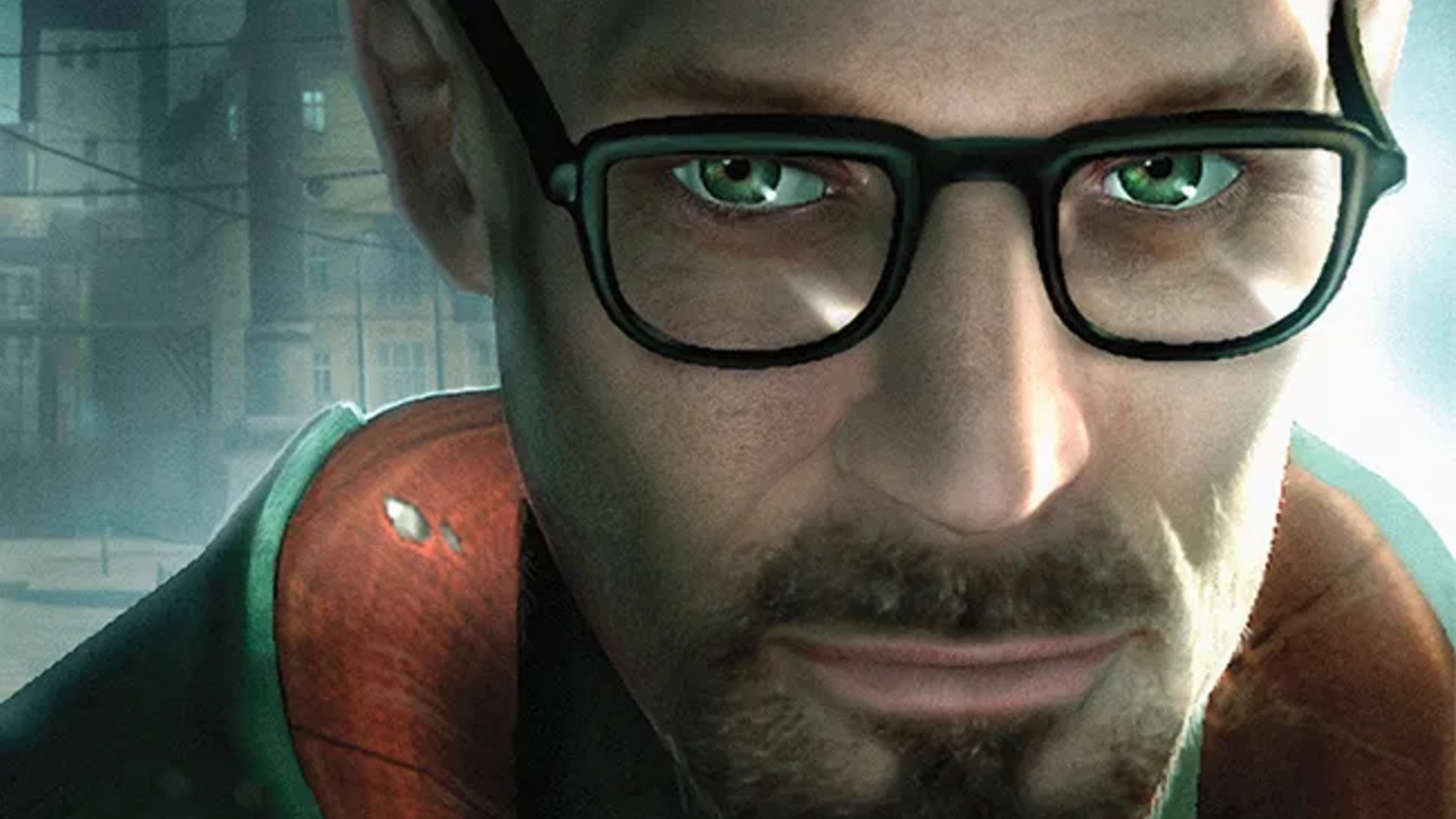
PC gamers love tweaking our field of view sliders, the extent of your in-game peripheral vision that gets rendered. Real heads tend to adopt a "the higher, the better," mentality, with 90 degrees being a commonly-accepted sweet spot. So why did PC gaming grande damme Valve saddle us with a miserly, dare I say console-like 75-degree default FOV in Half-Life 2?
"In Half-Life 1, we used a 90-degree field of view, or FOV, which was fairly standard for first-person shooters at the time. But during Half-Life 2's development, we grew unhappy with it," explained Valve developer Kerry Davis in the new 20th anniversary commentary mode for Half-Life 2. "With our game's focus on characters, we'd put extensive effort into detailed facial and body animations, but the 90-degree FOV didn't allow players to get close enough to fully appreciate that detail.
"So, we began experimenting with a tighter FOV and ultimately landed on 75 degrees. It took some adjustment from both us and players, and it required an additional FOV for viewmodels, which are the player's weapon held at the bottom of the screen. Their models were originally built with 90 degrees in mind, so they looked distorted at 75. But this change succeeded in doing what we wanted: Putting our characters front and center in the game."
And that does make sense: The amount of effort Valve put into Half-Life 2's scanned faces and detailed animations is legendary, and it's a pretty reasonable call, cheesing off the small but vocal population of FOV sickos versus wowing the vast number of players who won't consciously notice the difference with close-ups of those expressive Source engine facial animations.
Besides, the tyranny of low FOV had a far more effective champion: Console shooters. The logic goes that you sit farther away from a TV than a computer monitor, meaning that the in-game view inherently takes up less of your real-life field of view, making a smaller FOV a theoretically better fit. This also conveniently means that less of the game world has to be rendered in any given frame, lightening the load on the console. Thankfully, we're living in a time of much more robust settings menus, allowing players to set their FOVs as they see fit.
The new Half-Life 2 commentary tracks are full of interesting tidbits like this. Elsewhere, Valve engineer Jay Stelly explained why the Source engine has that iconic fuchsia checkerboard error pattern you probably recognize from Garry's Mod.







